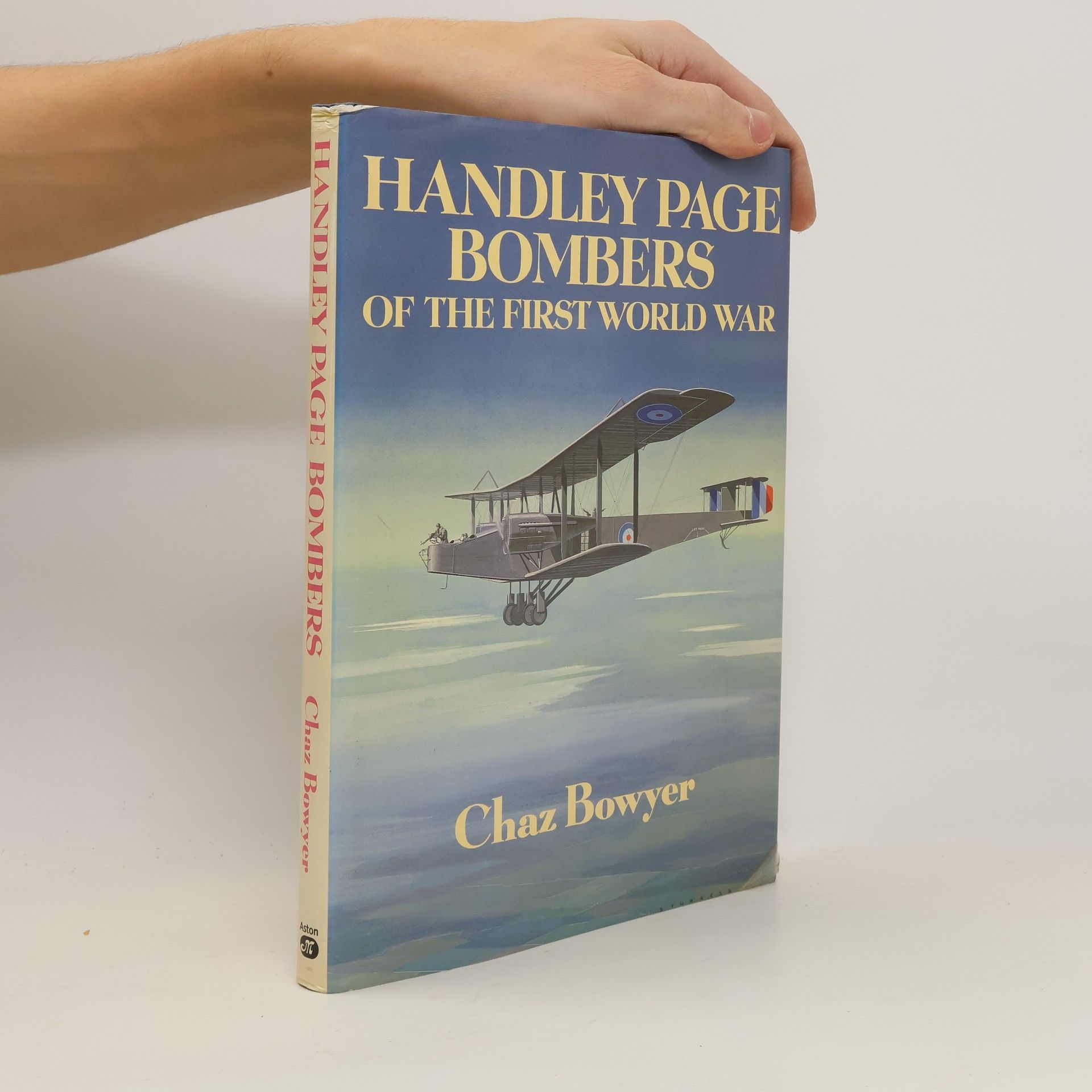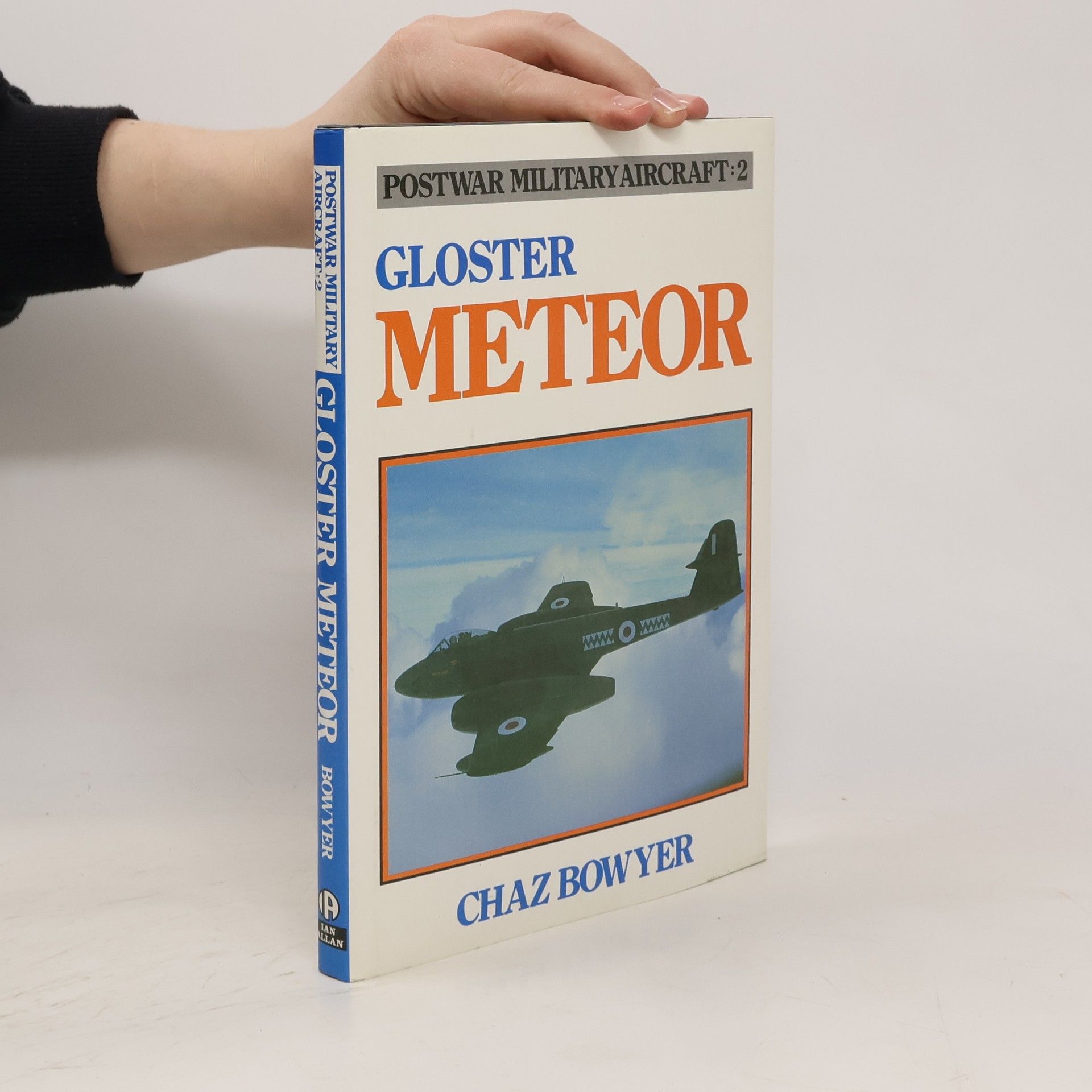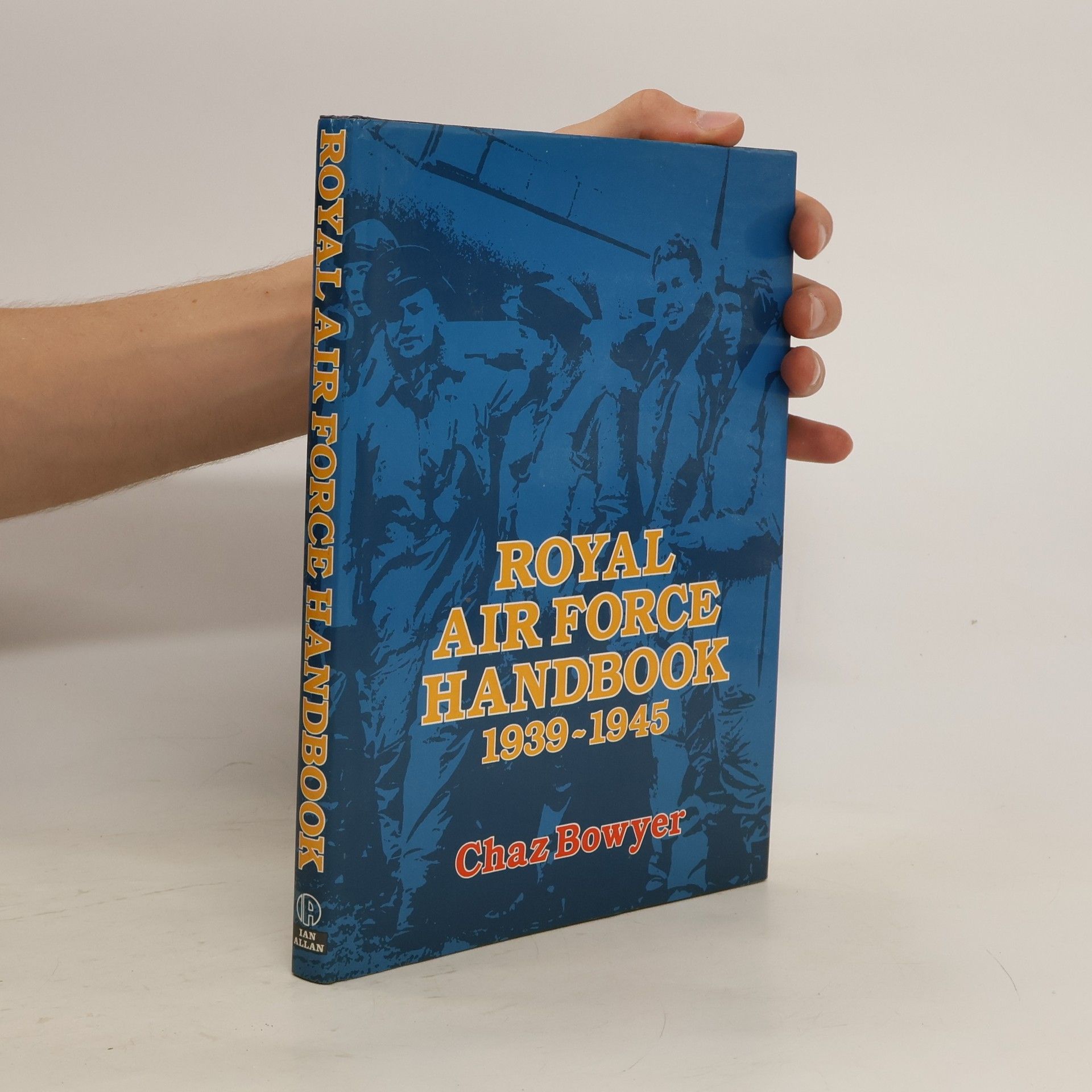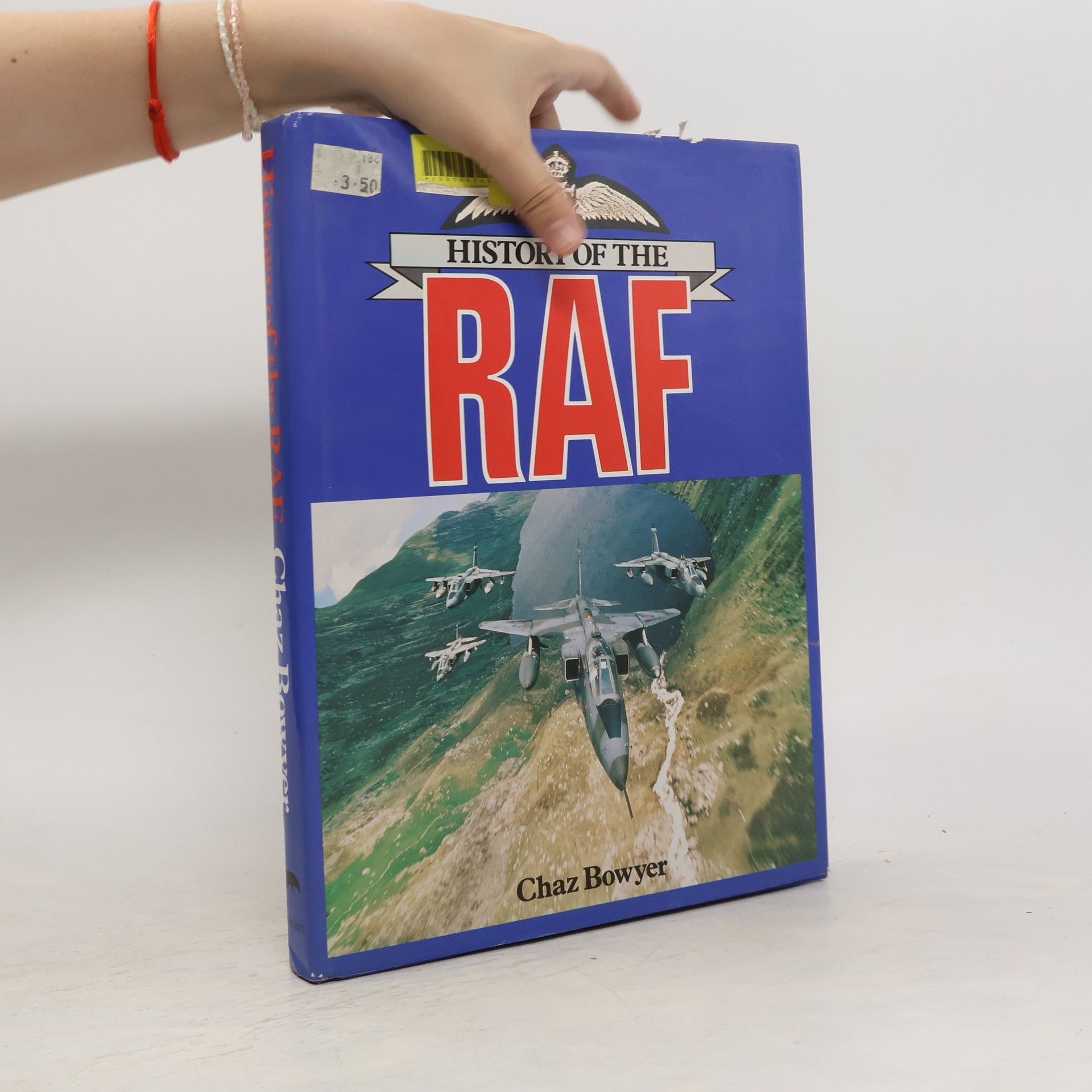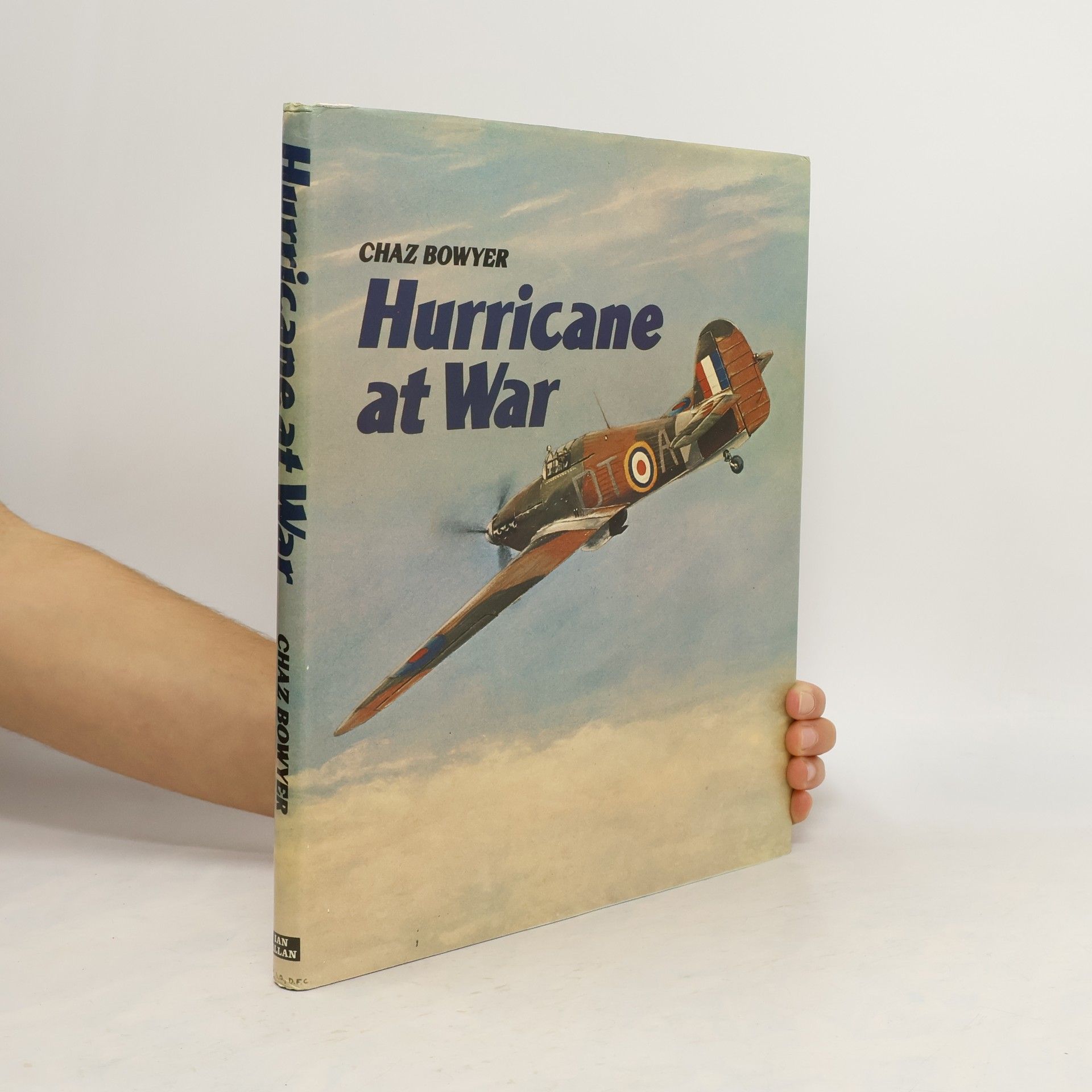Albert Ball, V.C.
- 280pages
- 10 heures de lecture
In the 1st World War the daring exploits of pilot Albert Ball caught the imagination of the British public like no other. Ball acquired his wings in the RFC in January 1916 and was first posted to France in February of that year. Then he joined No 13 Squadron and for a six-week period in March 1916 saw almost constant action flying the Squadron's Bristol Scout. Moving to No 11 Squadron in May 1916, Ball's score quickly accumulated. He had acquired a reputation as a tenacious scout pilot, often flying alone in his Nieuport and invariably returning to base with a near empty fuel tank. In August he returned to No 11 Squadron and soon after became the highest scoring scout pilot of the time. Waging his solitary aerial war, Ball became a true inspiration to the RFC when its squadrons were being mauled. But his life was to prove tragically short and he was killed in action just before his 21st birthday leading a patrol of SE5's. He had accounted for forty-four German aircraft.
